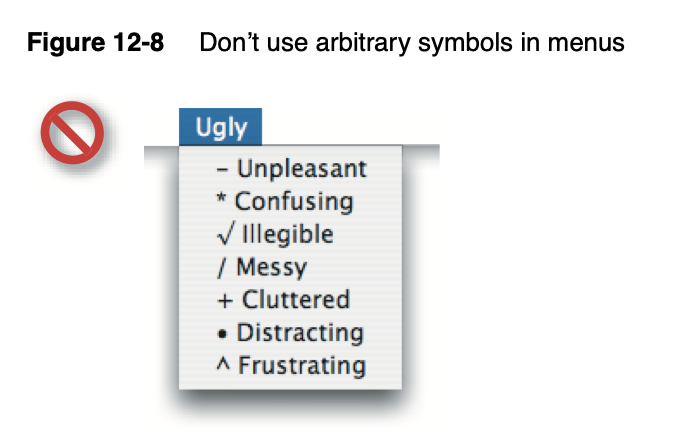
In an era where digital assets are increasingly valuable, with investors constantly monitoring USD to BTC conversion rates, the intersection of biometric security and cryptocurrency management has become crucial. Apple's Face ID technology, combined with cryptocurrency security measures, presents a compelling solution for users seeking to protect their digital wealth. This integration raises essential questions about the future of crypto security and mobile device authentication.
Understanding Face ID's Security Architecture
Apple's Face ID technology represents a sophisticated approach to biometric security. Using the TrueDepth camera system creates a detailed mathematical model of the user's face, storing this information securely in the iPhone's Secure Enclave. This hardware-level security measure makes it extremely difficult for attackers to access or replicate the biometric data, providing a solid foundation for cryptocurrency security applications.
The Cryptocurrency Security Challenge
Traditional cryptocurrency security relies heavily on private keys and complex passwords. While effective, these methods often create friction in the user experience and can be vulnerable to various attacks:
- Social engineering attempts
- Phishing schemes
- Keylogging malware
- Physical theft of written credentials
By incorporating Face ID, cryptocurrency applications can address many of these vulnerabilities while maintaining a seamless user experience.
Face ID Integration in Crypto Applications
Modern cryptocurrency wallets and trading platforms have begun integrating Face ID authentication in several innovative ways:
Transaction Authorization
Face ID adds a layer of security for cryptocurrency transactions. Before executing a transfer or trade, users must authenticate using their facial biometrics. This process happens instantly but significantly reduces the risk of unauthorized transactions, even if an attacker gains access to the device.
Wallet Access Control
Leading cryptocurrency wallets now use Face ID as the primary authentication method. This integration eliminates the need to enter lengthy passwords while maintaining robust security. The system can also enforce mandatory Face ID verification after periods of inactivity, adding another layer of protection.
Multi-Factor Authentication Enhancement
Face ID serves as a powerful component in multi-factor authentication systems. When combined with traditional security measures like passwords and two-factor authentication codes, it creates a comprehensive security framework that's both convenient and highly secure.
Benefits of Face ID for Crypto Security
Enhanced User Experience
The seamless nature of Face ID authentication significantly improves the user experience. Instead of typing complex passwords or retrieving authentication devices, users can access their crypto assets with a simple glance at their iPhones.
Reduced Risk of Human Error
By minimizing manual input, Face ID reduces the likelihood of errors that could lead to security breaches or lost access to crypto assets. This is particularly important given the irreversible nature of most cryptocurrency transactions.
Physical Security Advantages
Face ID's attention awareness feature ensures that the user is actively looking at the device, preventing unauthorized access while sleeping or through the use of photographs. This physical security component is precious for protecting high-value cryptocurrency assets.
Potential Concerns and Limitations
Technical Considerations
While Face ID provides robust security, certain limitations exist. Environmental factors like poor lighting or wearing masks can affect recognition accuracy. Additionally, the system must balance security with user convenience, potentially leading to trade-offs in extreme security scenarios.
Privacy Implications
The storage of biometric data, even when secured in the iPhone's Secure Enclave, raises privacy concerns for some users. Understanding how this data is protected and ensuring it cannot be compromised is crucial for maintaining user trust.
Backup Authentication Methods
Relying solely on Face ID for cryptocurrency security necessitates robust backup authentication methods. Users must have secure alternative ways to access their assets if Face ID becomes unavailable due to device damage or other issues.
Best Practices for Implementation
Developer Guidelines
For cryptocurrency applications implementing Face ID authentication:
- Always provide clear user consent options
- Implement proper error handling
- Maintain backup authentication methods
- Regular security audits and updates
- Clear communication about security measures
User Recommendations
For users leveraging Face ID for cryptocurrency security:
- Keep Face ID data up to date
- Enable additional security features
- Regularly update applications and iOS
- Maintain secure backup authentication methods
- Understand privacy implications
Future Developments
The integration of Face ID with cryptocurrency security continues to evolve. Future developments may include:
Enhanced Biometric Features
Advanced facial recognition capabilities could provide even more secure authentication methods, potentially incorporating additional biometric factors for high-value transactions.
Improved Integration
Deeper integration between Face ID and cryptocurrency protocols could enable new security features while maintaining the convenience of biometric authentication.
Conclusion
The combination of iPhone's Face ID technology and cryptocurrency security represents a significant step forward in protecting digital assets. While not without its limitations, this integration offers a compelling balance of protection and usability that benefits both casual and severe cryptocurrency users. As technology continues to evolve, we can expect even more sophisticated security solutions to build upon this foundation.
For cryptocurrency users seeking to maximize their security while maintaining convenience, Face ID integration provides a powerful tool in their security arsenal. When properly implemented and used in conjunction with other security measures, it offers a robust solution for protecting digital assets in an increasingly complex digital landscape.















